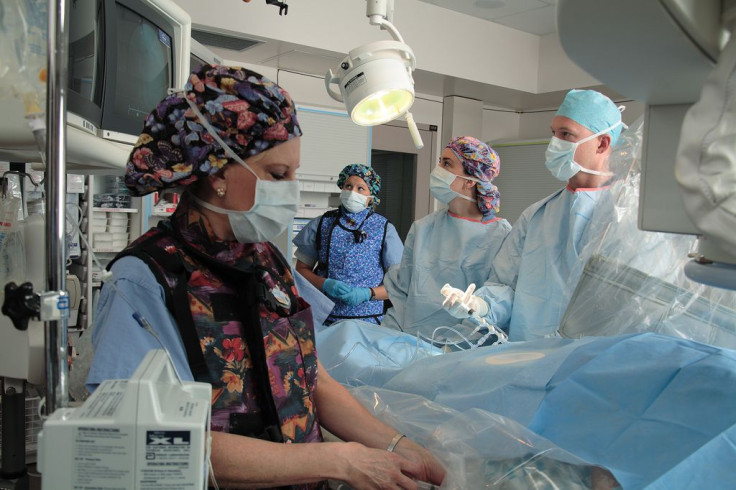Death Rates For Emergency Care Up To 19% In UK; Should You Skip The Trip To The ER?

Serious and life-threatening injuries tend to be treated an emergency room. This is, indeed, what emergency care is for- unplanned and very serious health concerns such as a broken limb, a heart attack or other related ailments that need immediate attention. However, what if the care one received at the emergency room neither helped nor hindered one's condition?
A new study by the National Health Service (NHS), using Hospital Episode Statistics (HES) in Britain, analyzed 367,796 patients and found that mortality ranged from 9 percent to 19 percent within 30 days of hopsital admission. While it has been established that emergency surgeries, as well as planned surgeries, are riskier on weekends, a previous BMJ study reports, this study found that there is significantly higher mortality related to emergency surgery, on any day, received in some hospitals in the United Kingdom, than there is compared to care received in the United States.
Not only is the level of mortality shocking, but the range from 9 to 19 percent suggests variability in care. Researchers suggest this variability stems primarily form hospital conditions and how long the patient remains in the hospital's care. Hospitals graded as "low-mortality' after this study were noted to have used imagining technology before treating patients and also had more intensive care beds so that patients could be tended to as often as they needed to be after emergency surgery.
Researchers also found that particular types of surgery had significantly higher risks of death afterward. For example, they measured a 28 percent death-rate in patients with peritonitis, a widespread inflammation of the inner abdominal wall. Similarly, there was a 48 percent mortality rate for patients suffering obstructions in blood flow through the digestive system and colon. Patients with conditions resulting in high death rates stayed in the hospital between 5 and 15 days after surgery. The researchers estimate that 38 percent of patients who survived these higher risk surgeries stayed in the hospital for about 8 days, and that those who stayed longer were likely to experience complications, and may have died as a result.
Hospitals with the highest mortality rates, namely those on the 19 percent mortality rate end of the spectrum, are not necessarily bad hospitals with bad surgeons. Emergency care is a delicate balance of using the correct diagnostic and treatment methods followed by attentive care in the intensive care unti of the hopsital. Hospitals with higher death rates have 6 percent fewer intensive care beds to offer patients, and used diagnostic scans between 7 and 12 percent less than hospitals with lower mortality rates. It would appear that diagnostic scans, like ultrasounds and computerized tomography (CT) scans, are the major difference between a high and low morality hospitals, as they are the only contributing factor between the two types of hosptials the where usage varies.
This finding is not meant to deter those in the United Kingdom from receiving emergency care when they need it. However, the wide range of mortality rates should arouse hospitals to beef up their care standards and make sure all of the usual treatment procedures are followed before and after life-saving surgeries, as patients choose to go to the emergency room to ensure they will sruvive their injury.
We do not yet fully understand all the reasons for variable performance, but this study strongly suggests that there is considerable scope for improving the care of emergency surgical patients," said Omar Faiz. "The findings may have long term implications with regard to the provision of emergency services and the infrastructure required to support high-risk emergency patients in acute general hospitals."
Source: Symons NRA, Moorthy K, Almoudaris AM, et al. Mortaility in high risk emergency general surgical admissions. BJS. 2013.



























